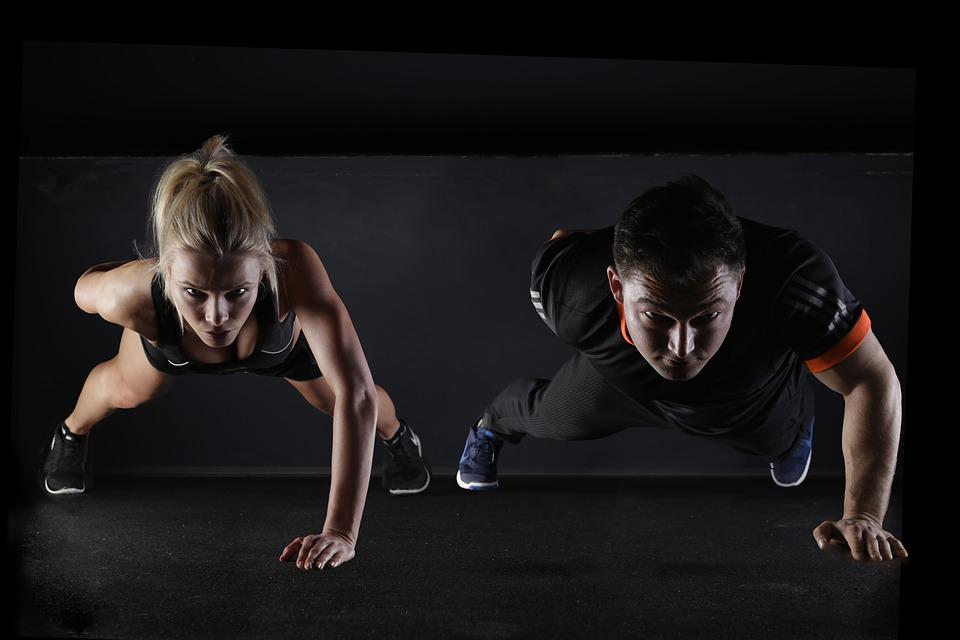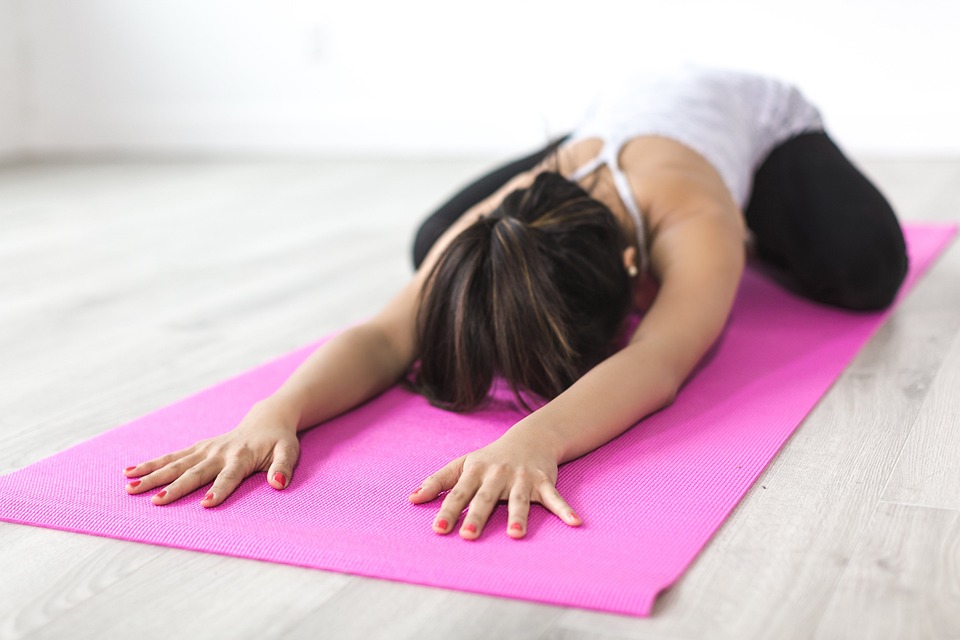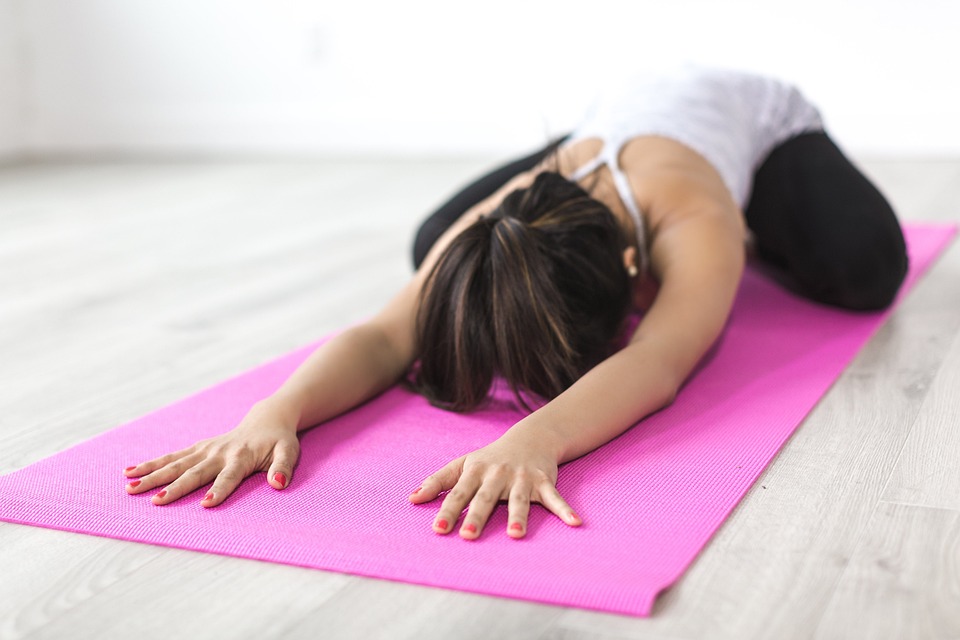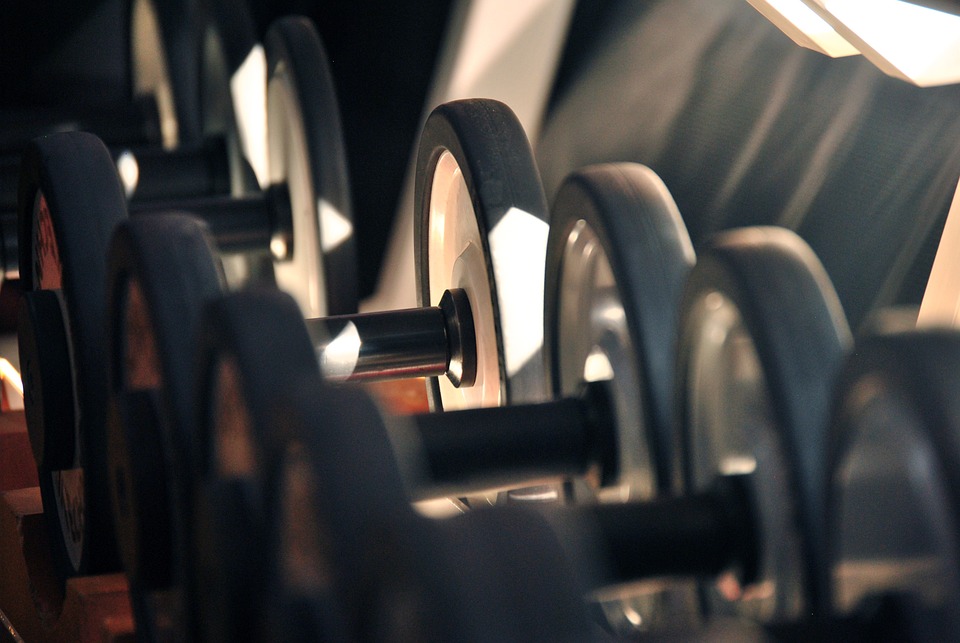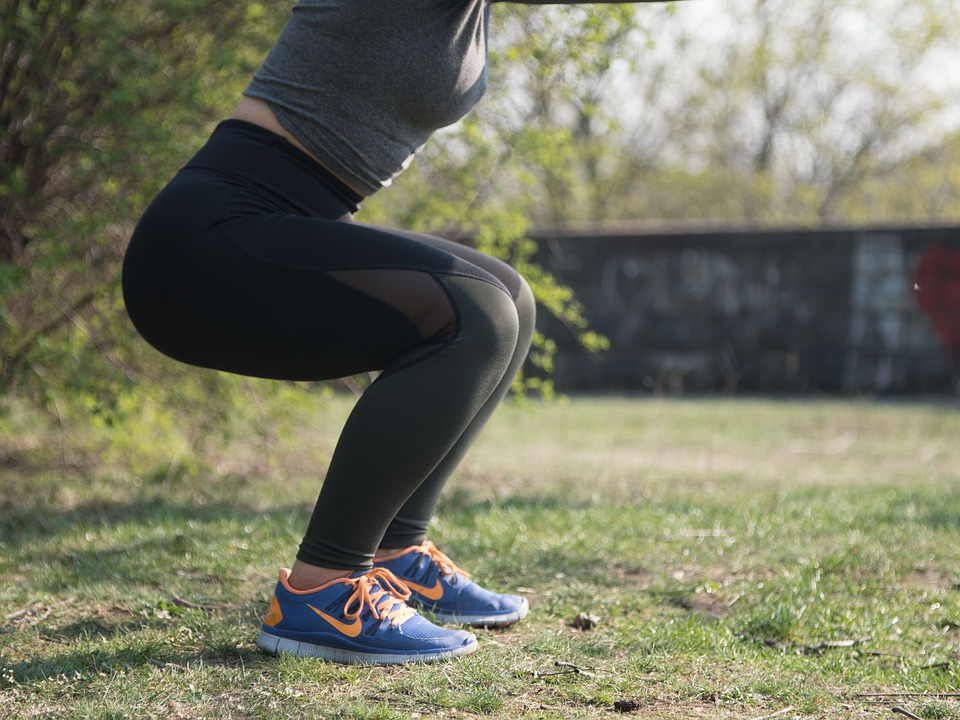
Your desk has become your second home, and your chair has become your best friend. Your desk has become your second home, and your chair has become your best friend.
Although we spend a lot of time at work, it is often spent sitting uncomfortably in a low chair, with a high desk, looking down at a screen at an angle which makes us feel like Quasimodo.
If you spend a lot of time looking at screens, you may experience pain in various parts of your body, such as your eyes, shoulders, back, arms, wrists, and neck.
Desk jobs may not seem like they take a toll on our bodies, but they can certainly cause physical problems.
If you want to improve your work life, you should go through your desk and evaluate what you need and don’t need.
Should I Get a Standing Desk or Sitting Desk?
Before we get into it, as pointed out in the New York Times, “Standing desks are overrated”:
A study of more than 1,000 office workers in the U.K., published this week in the British Journal of Sports Medicine, found that those who sit the most don’t have an increased risk of dying earlier than their more active colleagues.” Although it may be commonly believed that sitting at work is harmful to one’s health, research suggests otherwise. A study of over 1,000 office workers in the U.K. found that those who sit the most don’t have an increased risk of dying earlier than their more active colleagues. This information was published this week in the British Journal of Sports Medicine.
“He said that people who have low back or neck pain may find it helpful to alternate between standing and sitting while using a computer. However, he cautioned that people shouldn’t think of this as a form of exercise.”
If you work at a standing desk and like it, great!
You should try working at a standing desk, but it won’t fix all of your problems. Your health is mostly determined by what happens away from your desk (diet, exercise, stress, and sleep).
If staying seated while working works for you, that’s great!
The following will provide tips on how to best thrive in an Office Space. Creating a comfortable and functional desk space is key to being productive in an office setting. Pay attention to the following tips to make the most of your space.
How to Set Up Your Workspace Properly
Your desk chair and desk should be at a height that allows you to type without scrunching your shoulders.
Most desk/chair combos in offices, hotel rooms, or coffee shops have the wrong ratio.
- Set the right chair and height ratio
Sit up straight in a chair with your shoulders pulled back and relaxed.
You should sit tall with your forearms parallel to the ground or lower so you don’t have to reach up to your keyboard or shrug your shoulders.
You can tell when you’re working at a desk that’s the wrong height because your shoulders shrug up, you get tense, and your neck bothers you for the next few days.
You should adjust your desk to the height that is most comfortable for you.
- Pick a great chair
If you’re not standing at your desk, you’re probably spending more than a third of your life sitting in a desk chair.
I bought a Herman Miller chair a few years ago to try and fix my back problems.
To be honest, it’s been great and my back feels much better when I sit in it for long periods of time. However, I am aware that it is very expensive.
You don’t need to spend a lot of money on a great chair. You just need a chair that is adjustable so your feet can be comfortably on the floor, has a solid cushion, and provides good lower back support.
If your company has given you an uncomfortable office chair, ask them for money to buy a better one. You can tell them that it will improve your productivity. Then, go to an office supply store and try out different chairs.
If the company will not pay for the upgrade, consider doing it yourself.
- Set your monitor and desktop properly
If you work with a laptop, you are spending most of your day hunched over a small keyboard and trackpad.
Even if you have a desktop computer, you may still have to tilt your head down to see the screen if it is not high enough.
Choose a monitor height so you can look at it without tilting your head.
I improved my posture by raising the height of my monitors, so that my eyes are looking up, instead of down at a laptop.
When I changed the angle at which I was viewing my computer screen, it became much easier to sit up straight and avoid slouching. I no longer have to worry about my shoulders being hunched over for hours, and my spine, back, shoulders, and neck feel much better as a result.
A few hardcover books should do the trick. Use whatever you have around to prop up your monitor. A few hardcover books should work.
A separate keyboard and mouse can help prevent laptop users from feeling cramped and hunched over their laptops.
All That Sitting
Sitting for long periods of time shortens and tightens our hip flexors, which can cause pain in the crease between our hip and inner thighs. At the same time, this position lengthens and weakens our hip extensors and stretches out our glutes and hamstrings.
First, try avoiding the problem. Explore your options, which include:
- Standing workstation. Just do it if you can; it’s well worth it. Consider presenting your boss with the data in that post as justification for standing. If he or she doesn’t go for it, you might have to rig up something yourself clandestine-style or try something else entirely.
- Standing on one leg, a la Seth Roberts. Seth was getting huge benefits from standing while working, but doing so for eight hours a day wasn’t feasible. He found that standing on each leg until exhaustion twice a day (for a total of about 30-40 minutes) got him the same benefits in a fraction of the time.
- Staying active throughout the work day. If you can’t hook up the standing station and you’re too embarrassed to try balancing on one leg, maybe you just get up every half hour and do stuff. Walk around, pump out a couple of minutes of squatting, and do some stretching. Break up your sitting and avoid long stretches of unmitigated motionlessness.
Mitigate the problem. You can fix the problem by strengthening your extensors and stretching your flexors:
- Kelly Starrett’s “couch stretch.” This one is a real bastard, but in Starrett’s words it will let you bask in the sublime feeling of “undoing years of sitting.” Watch the video and do the stretch a couple of times a week. You’ll marvel at how great your hips feel. And it only takes a few minutes.
- Work on your internal hip rotation. If it hurts, you need it.
- Maintain a strong relationship with your glutes. Now, I know you probably keep in touch with your glutes via plenty of squats, deadlifts, sprints, and over-the-shoulder admiring glances at the mirror, but if you’re sitting for hours each day there’s bound to be some disconnect. Glute bridges are a popular exercise, but I think weighted hip thrusts as popularized by Bret Contreras really build that lasting solidarity between you and your buttocks. If you think you’re engaging your glutes but are unable to establish the glute-brain connection, try poking your butt as you engage it. By actually feeling it harden against your finger, you’ll be able to establish the neurological connection, thus making future engagements easier and more effective.
- Daily Grok squats and Grok hangs. Stretch your limbs and your body across all dimensions. Sit in a Grok squat and do a full Grok hang for at least one minute twice a day.
All That Typing
Creating a good typing posture will help to prevent the tendons in your arm from getting gummed up. You can’t really go back to quill and parchment, so try these suggestions:
- Try nerve glides. My personal favorite is the median nerve glide, which focuses on the carpal tunnel nerves. Here it is:
- Sweep your arm out to the side until it is slightly behind you, palm facing forward, elbow gently straight
- Pull your wrist back until you feel a gentle tension somewhere in the arm
- Relax the wrist forward until tension is relieved
- Repeat 10 times
- Ease the tension on the wrist to about half
- Holding this position, gently raise your arm until you feel tension (stay below shoulder height)
- Lower the arm until tension is relieved
- Repeat 10 times
- Ease the tension on the arm to about half
- Tilt your head (bring opposite ear towards opposite shoulder) until you feel the tension
- Straighten the neck until tension is relieved
- Repeat 10 times
Make sure to try all the different glides and do them each once a day. Once you start feeling better, you can reduce the number of glides to just one per day.
- Get a rubber band with decent tension, or perhaps a hair scrunchy. Take the affected hand and touch all five fingertips together, forming a sort of point. Slip the band or scrunchy around all five fingers and draw them apart against the resistance of the band. It’s like a reverse squeeze. Most people are far stronger gripping than they are going the opposite direction, so it’s worthwhile. Do this casually whenever you have time – in between emails, at home while watching TV, even while driving, you can keep it up with the off-hand.
- Hand massages. The palm of your hand has a fair amount of muscle. Like with any muscle, deep massage will break up knots and improve function – and reduce pain stemming from poor function. Dig into your palm with a ball or even your knuckles, or have someone else give you a deep hand massage. Try this halfway through the day. Note how your hands feel typing, give it a good five-minute working over with the ball or knuckle, then try typing again. Does it feel more natural? If so, treat your hands to a massage a few times each week, or more often, if you can find the time (you can find the time).
All That Shoulder Slumping
Slouching plus typing plus intensely focusing on a screen a few inches below and in front of us has created a nation of slumped shoulders, protracted scapulas, unstable shoulder joints, and tight pecs.The ideal position for shoulder blades is stable, retracted, and down. This position protects shoulders and allows full mobility without bumping into connective tissues.To do this exercise, push your arms forward as far as possible until your shoulder blades are fully extended. Then, lift your arms straight up overhead, as if you were going to do a overhead press or pullup.Your shoulders need to be set back further. Lift your arms overhead and you should feel a difference.This is not a good situation.
- Sit well. Recall the Gokhale Method. Key points include sitting with your butt “behind” you, rolling your shoulders one at a time forward, up, back, and then down, and keeping a relaxed, upright torso.
- Where are you looking? If I’m sitting, I find it most comfortable for my monitor to be at or even slightly above eye level. This helps me look straight ahead without requiring a downward head tilt, which often leads the rest of the upper thoracic into a slumping pattern – especially if you’re not vigilant and you’re prone to lapsing back into bad habits. If I’m standing, I’m not slumping, so slightly below eye level is perfect.
- Maintain your thoracic spine. Consciously forcing yourself to keep your shoulder blades retracted won’t work forever. If you want it to stick, you’ve got to improve your thoracic spine at all times. Balance your horizontal pushing (bench, pushups) with enough horizontal pulling (rows). When benching, doing pull-ups, or doing rows, keep those shoulder blades retracted (back and down). Maintain good habits.

